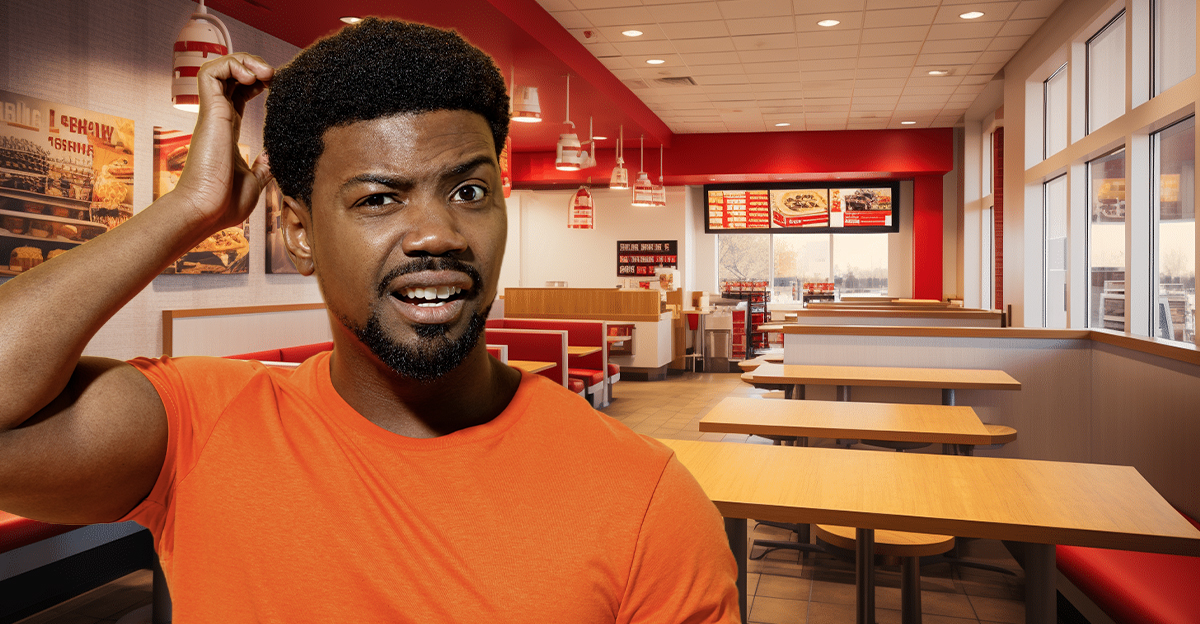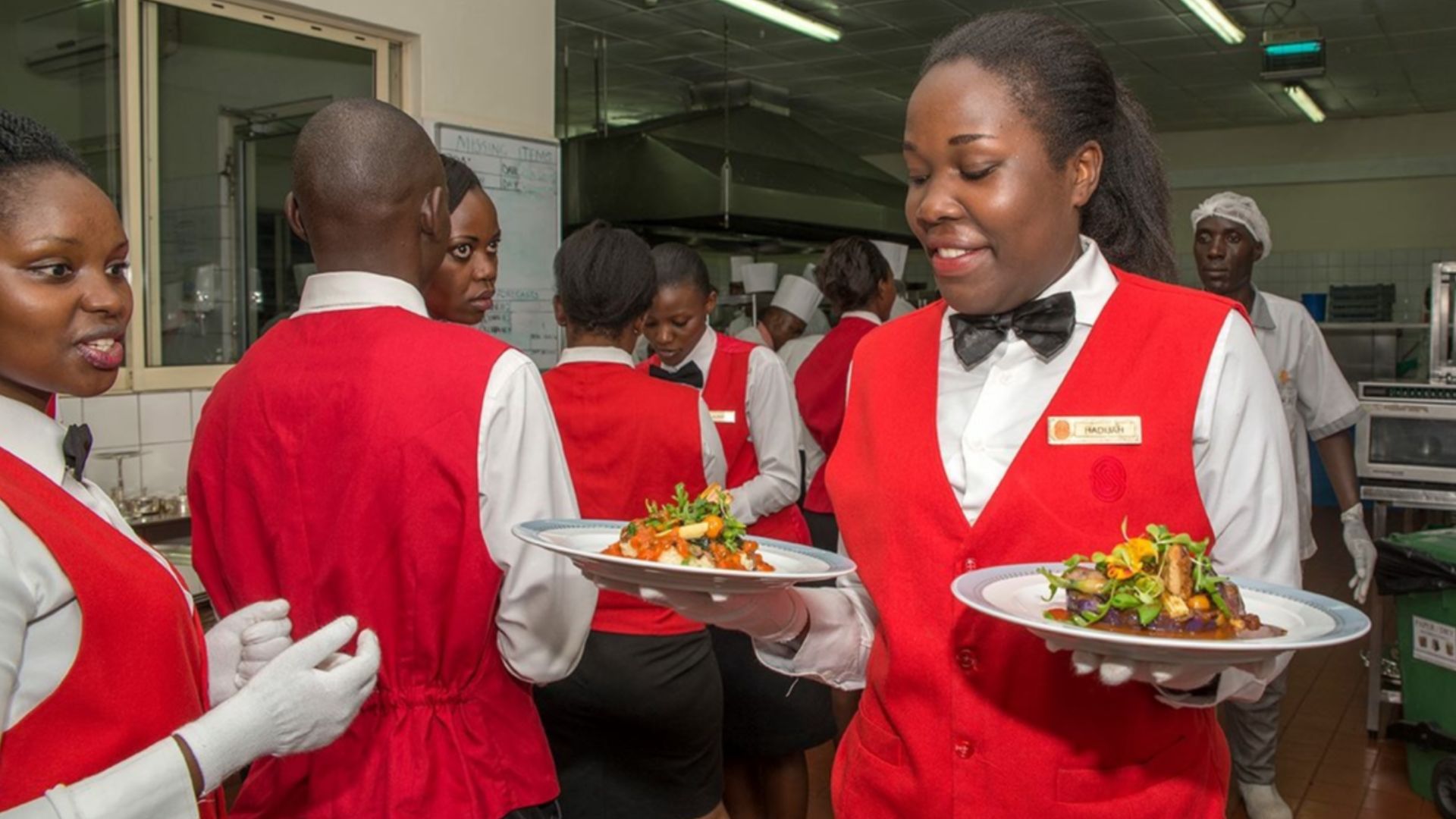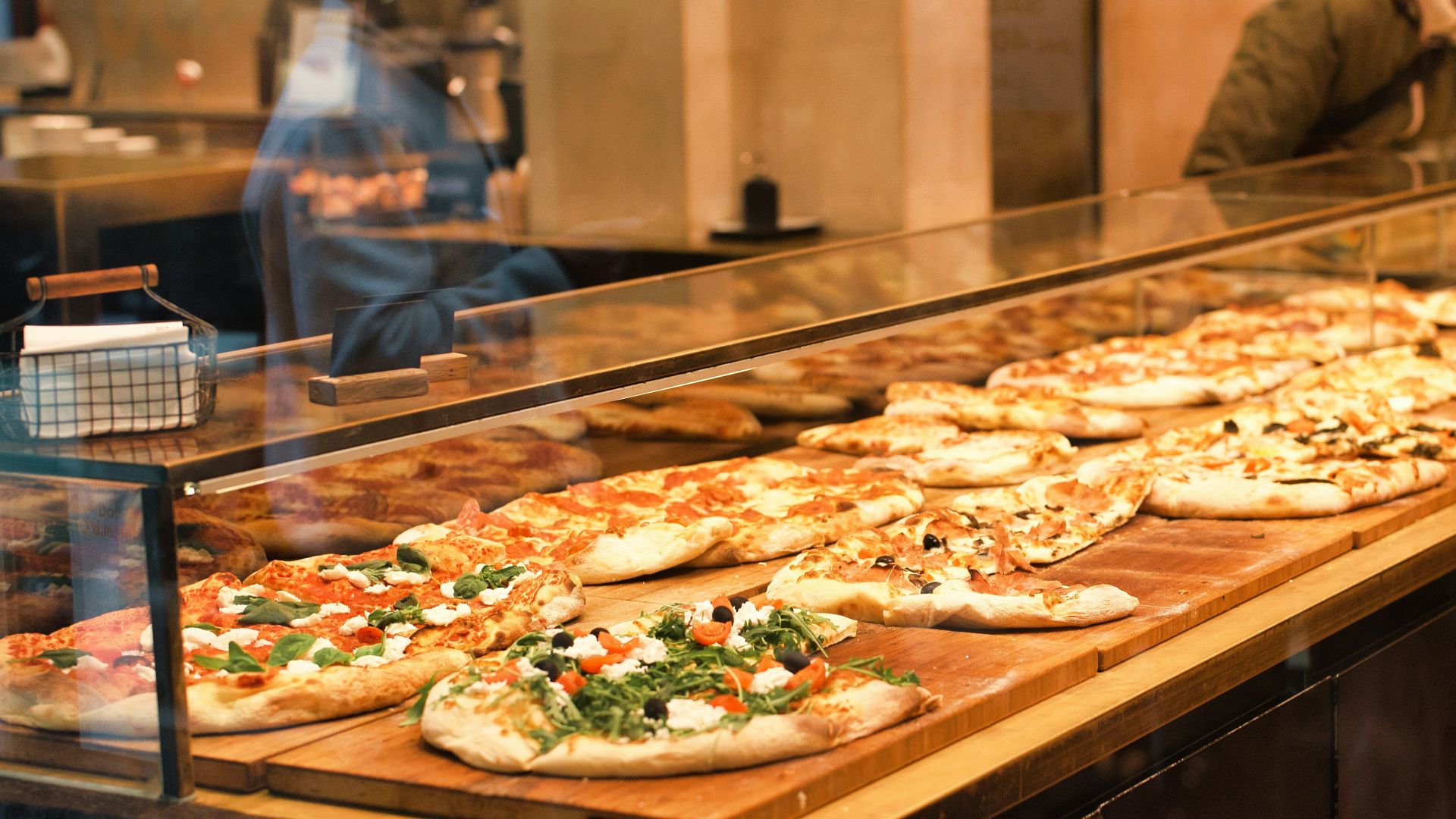Why Consider A Restaurant Franchise Now?
Franchising a restaurant offers a ready-made business model, established branding, supplier relationships and support systems. For a first-timer in 2026, it can reduce some of the risks of going fully independent, yet it still demands hard work, capital, and understanding the market.

The Appeal Of An Affordable Entry-Level Format
Some of the cheapest franchise formats to start are pizza delivery/take-out joints, coffee shops, or mobile kiosk-style food stands. These require lower real estate cost, smaller footprints and simpler operations. For example, lists of “cheapest restaurant franchises” show that sandwich and pizza chains often require lower initial investment.
Pizza Delivery/Take-Out Model
A pizza franchise with delivery or take-out will avoid the high build-out costs of full dine-in. This offers the tantalizing prospect of lower labor costs and a quicker break-even. As one consumer-affordability survey notes, chains like Little Caesars are among the most cost-conscious restaurant brands.
Coffee Shop / Café Format
Coffee franchises often only need a modest amount of space and equipment compared with full-service restaurants; they benefit a lot from repeat traffic and relatively simpler operations. As part of the “cheapest food franchise” listings, they can be a viable entry path for the franchising beginner.
Upside 1: Brand recognition & proven systems
When you join a well‐known franchise, you instantly inherit their brand consciousness, training, supply chains, marketing templates, and operational manuals. This can speed up your learning curve considerably in comparison to launching a brand new concept from scratch
Upside 2: Access To Franchisor Support & Ongoing Development
A strong franchisor will help you out with site selection, training, ongoing operational support, marketing funds, and any updates on systems/technology. All of this can be especially valuable for a first-time owner unfamiliar with high-energy restaurant operations.
Upside 3: Faster Time-To-Market & Possible Scalability
With a franchise you can open faster than you would be able to if you were just building from scratch; you may also have options for multi-unit ownership, area development, or conversion of locations to scale. In favorable locations with high foot traffic the potential upside is hard to deny. For example, one survey shows that a good coffee chain can achieve 12-18% net margin in 2026.
Pitfall 1: High Upfront Investment & Hidden Costs
Even “cheaper” franchises still require you to commit with substantial capital: franchise fee, build-out, equipment, furniture, signage, working capital, and rent/leasehold improvements. Remember that “cheaper” is a relative term, and you may still be required to lay out hundreds of thousands of dollars.
Pitfall 2: Ongoing Royalties, Advertising Fees, Restricted Autonomy
Franchisees have to pay ongoing royalties (usually a % of gross sales), marketing/advertising fees, and abide by the franchisor rules (menu, suppliers, operations, hours). These all can lower your margin and reduce your level of flexibility.
Pitfall 3: Location, Competition & Market Dynamics
Even with a strong brand, location is critical. A poor site, high rent, intense competition, or changing consumer behavior are all factors that can derail a franchise before it even gets out of the station. For a first-timer, these risks may prove hard to manage without any prior experience to fall back on.
Pitfall 4: Operations Burden, Staffing, Cost Control
Restaurants are operationally intense: managing staff, food safety, supply chain, peak traffic periods, maintenance, technology, deliveries; it's a lot to think about. A franchise might help you ease off on some of these elements, but as owner you still face the challenge of day-to-day management. For first-timers this can be a steep learning curve.
 MercyAsiima, Wikimedia Commons
MercyAsiima, Wikimedia Commons
Success Story 1: Franchisee Who Started Small & Scaled
In this scenario, a first‐timer selects a coffee shop franchise in a university town, focuses on delivery/pick-up, keeps labour costs low, leans on the franchisor’s app/marketing, then opens a second unit within three years. By Year Four the ROI achieved matches local benchmarks. The brand recognition and streamlined model is what makes the main difference here. Now there’s potential for the franchisee to really start raking in the bucks!
Success Case 2: Pizza Delivery Model In Suburban Market
In this scenario, an entrepreneur chooses a pizza franchise with primarily take-out and delivery, avoiding dine-in build-out. He/she leases a modest kitchen, uses the franchisor’s supplier deals, and focuses on community marketing and digital sales. Lower real estate costs help this entrepreneur break even in less than 18 months.
 Dodo Pizza World, Wikimedia Commons
Dodo Pizza World, Wikimedia Commons
Challenge Case 1: First-Timer Underestimates Costs & Location Risk
In this case, a franchisee selects a full-service “premium burger” franchise with the expectation of a high margin, but the site is all wrong. It turns out to be expensive, labor costs surge uncontrollably, building code issues delay the opening, and royalties/fees weigh heavily. The result is a much slower than expected ROI; this in turn makes everything a whole lot more stressful. This typical case shows how risk balloons quickly with more complex formats.
Challenge Case 2: Multi‐Unit Plans Stretching Resources Thin
A first-time owner signs for two units right from the start, but underestimates the added operational demands, doesn’t nail down experienced management, and allows resources to get stretched. As a result, both units under-perform. The lesson here is that scaling too early in the game elevates the risk for first-timers.
The Most Lucrative Chains Are Also The Most Expensive
At the top end are major fast-food behemoths like McDonald’s (initial investment $1.4 m–$2.5 m) and Whataburger (investment $1.2 m–$3 m+). While it may be intimidating, these major brands offer scale, traffic and brand visibility, making them potentially very lucrative if properly managed.
What To Look For When Choosing A Franchise In 2026
Key criteria to look for: initial investment and required liquid capital; royalty and fee structure; the franchisor’s brand strength, training and support; profit margin benchmarks for the chain; location cost, demographic fit, online ordering and delivery potential; and last but not least, your own experience and operational commitment. This last one is especially important for first-timers.
Entry-Level Formats To Think About For 2026
For a first-time franchisee the easiest starting points are usually limited-service formats: pizza delivery/carry-out, coffee or beverage concepts, sandwich shops, or small dessert/snack units. These typically offer lower build-out costs, simpler menus, smaller teams, and stronger compatibility with delivery and online ordering. They still demand serious effort, but they’re far less complex than launching a full-service casual dining or upscale concept as your first move.
Balancing The “First-timer” Mindset: Ambition Vs Caution
As a first-timer you may be eagerly looking forward to being an owner-operator, but you have to also recognize the operational burden, financial risk, and necessity of maintaining discipline. Start modestly, learn the business, build relationships, control costs and avoid over-reaching early, and you’ll dramatically improve your chances of success.
Final verdict: Is it worth it in 2026?
A restaurant franchise can be a compelling path to business ownership, especially with the right format, location, and support. But success demands your active involvement, strong site selection, margin control, and a realistic expectation of cost, workload, and risk. For first-timers, choosing an affordable format, understanding all fees, learning daily operations, and resisting the allure of “big brand prestige” may provide you with a more realistic path to lasting success.
You May Also Like:
Avoid These Simple Mistakes That Increase Your Restaurant Bill























